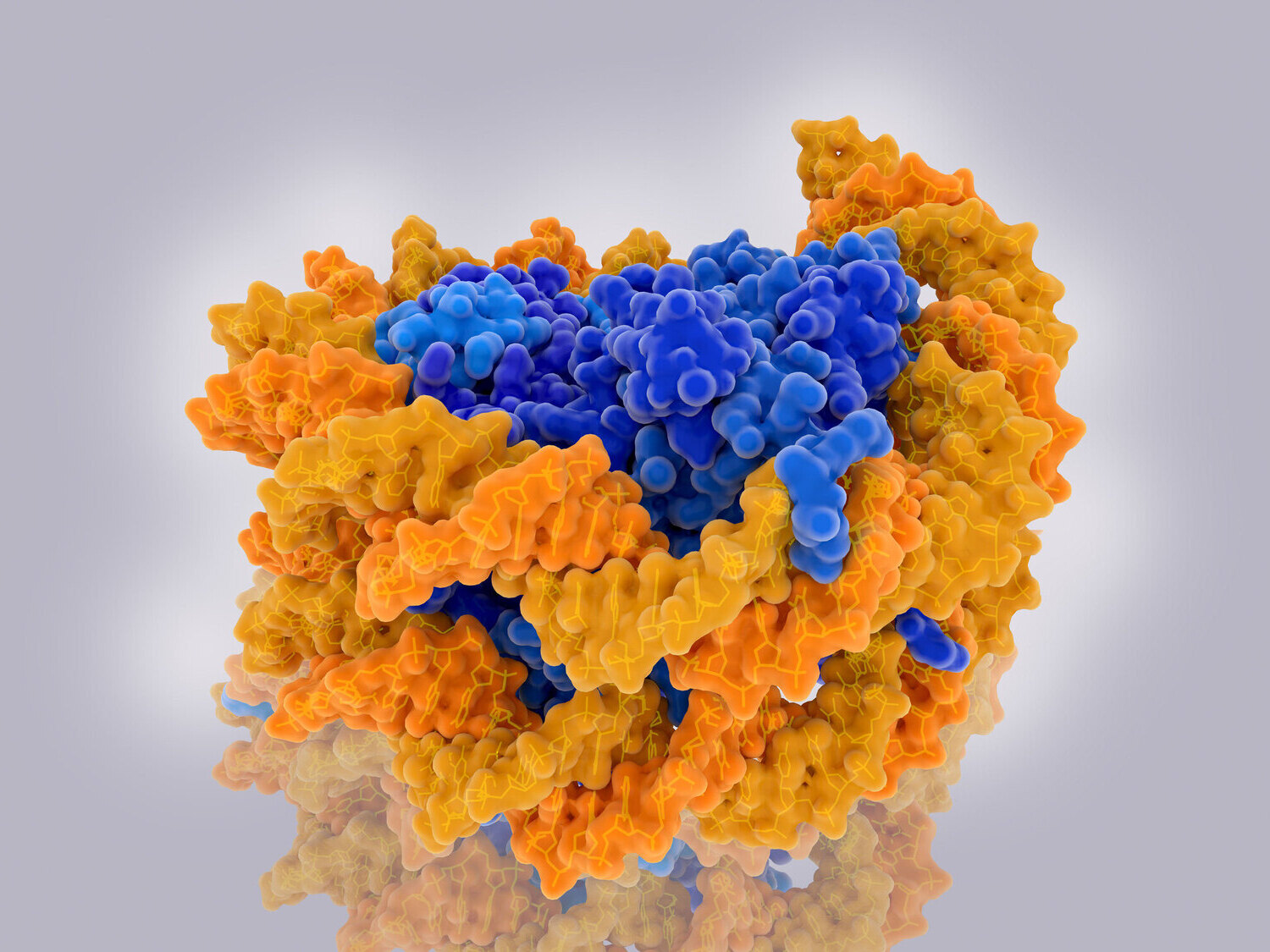
Histone modification is a crucial process in genetics that affects how DNA is packaged in cells. Histones are proteins that DNA wraps around, forming a structure called chromatin. This modification can influence gene expression, turning genes on or off. Understanding histone modification helps scientists learn about cell function, development, and diseases like cancer. There are different types of modifications, such as methylation, acetylation, and phosphorylation, each playing a unique role. These changes can be temporary or permanent, affecting how genes are read by the cell. Research in this field is ongoing, revealing new insights into how our genetic material is controlled and maintained.
Key Takeaways:
- Histone modifications are chemical changes to proteins that package DNA, influencing gene expression and playing a role in cell division, DNA repair, and disease development.
- Scientists use techniques like ChIP and mass spectrometry to study histone modifications, offering potential for new therapies targeting these changes in diseases like cancer.
What is Histone Modification?
Histone modification is a crucial process in genetics. It involves chemical changes to histone proteins, which help package DNA into chromosomes. These modifications can influence gene expression and play a role in various biological processes.
- Histones are proteins found in cell nuclei that package and order DNA into structural units called nucleosomes.
- There are five main types of histones: H1, H2A, H2B, H3, and H4.
- Histone modifications can include methylation, acetylation, phosphorylation, ubiquitination, and sumoylation.
- These modifications occur on the histone tails, which are the ends of the histone proteins protruding from the nucleosome.
- Acetylation of histones is generally associated with gene activation, making DNA more accessible for transcription.
- Methylation can either activate or repress gene expression, depending on the specific amino acid that is modified.
- Phosphorylation of histones is often linked to chromosome condensation during cell division.
- Ubiquitination usually tags histones for degradation, affecting gene expression by removing histones from DNA.
- Sumoylation can influence various cellular processes, including DNA repair and transcriptional repression.
Why Histone Modification Matters
Histone modifications play a significant role in regulating gene expression. They can turn genes on or off, affecting how cells function and respond to their environment.
- Histone modifications are involved in the regulation of the cell cycle, ensuring proper cell division and growth.
- They play a role in DNA repair mechanisms, helping to maintain genomic stability.
- Abnormal histone modifications are linked to various diseases, including cancer, neurodegenerative disorders, and cardiovascular diseases.
- Histone modifications can be inherited, influencing gene expression patterns in offspring.
- Environmental factors, such as diet and stress, can affect histone modifications and, consequently, gene expression.
- Histone modifications are reversible, allowing cells to adapt to changing conditions by altering gene expression.
- They are crucial for the development and differentiation of stem cells into specialized cell types.
- Histone modifications can influence the immune response, affecting how the body fights infections and diseases.
Techniques to Study Histone Modifications
Researchers use various techniques to study histone modifications. These methods help scientists understand how these modifications affect gene expression and cellular functions.
- Chromatin immunoprecipitation (ChIP) is a common technique used to study histone modifications by isolating specific DNA-protein complexes.
- Mass spectrometry can identify and quantify histone modifications, providing detailed information about the types and locations of modifications.
- Western blotting is used to detect specific histone modifications using antibodies that recognize modified histones.
- Immunofluorescence microscopy allows visualization of histone modifications within cells, providing spatial information about where modifications occur.
- Next-generation sequencing (NGS) can be combined with ChIP (ChIP-seq) to map histone modifications across the entire genome.
- CRISPR/Cas9 technology can be used to edit histone modification sites, helping researchers study the functional consequences of specific modifications.
- Bioinformatics tools are essential for analyzing large datasets generated from histone modification studies, helping to identify patterns and correlations.
Histone Modification in Disease and Therapy
Understanding histone modifications has important implications for disease treatment and therapy. Targeting these modifications can offer new strategies for treating various conditions.
- Histone deacetylase (HDAC) inhibitors are a class of drugs that target histone acetylation, showing promise in cancer therapy.
- Epigenetic therapies aim to reverse abnormal histone modifications, restoring normal gene expression patterns in diseases like cancer and neurological disorders.
- Research on histone modifications is ongoing, with the potential to uncover new therapeutic targets and improve existing treatments.
The Final Word on Histone Modification
Histone modification plays a crucial role in gene regulation and cellular function. These chemical changes to histone proteins can either tighten or loosen DNA, impacting gene expression. Understanding these modifications helps researchers develop treatments for diseases like cancer and genetic disorders.
Histone acetylation, methylation, phosphorylation, and ubiquitination are some of the key modifications. Each type affects gene activity differently, either promoting or repressing transcription. Scientists use techniques like ChIP-seq to study these changes and their effects on the genome.
Research in this field is ongoing, with new discoveries shedding light on the complex mechanisms of gene regulation. As our knowledge grows, so does the potential for innovative therapies. Histone modification remains a vital area of study, offering insights into the fundamental processes of life and the potential for medical breakthroughs.
Frequently Asked Questions
Was this page helpful?
Our commitment to delivering trustworthy and engaging content is at the heart of what we do. Each fact on our site is contributed by real users like you, bringing a wealth of diverse insights and information. To ensure the highest standards of accuracy and reliability, our dedicated editors meticulously review each submission. This process guarantees that the facts we share are not only fascinating but also credible. Trust in our commitment to quality and authenticity as you explore and learn with us.
